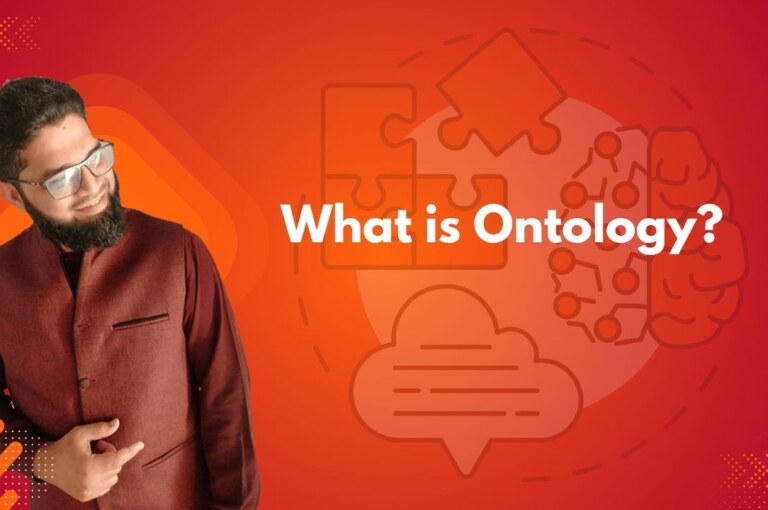Ontology is a semantic framework that not only classifies entities like a taxonomy but also defines their properties, interactions, and relationships with one another.
While taxonomy says “this is a smartphone,” ontology adds “this smartphone has a camera,” and “the camera has 64 megapixels.” It introduces depth and dynamics to data understanding.
Ontology in Digital Systems and SEO
Ontology helps machines understand the meaning behind entities and their connections—crucial for AI, semantic search, voice assistants, and knowledge graphs.
SEO Example: Product Ontology
Consider a product page for a smartphone:
Smartphone → has a feature → Camera
Camera → has a property → Megapixels
Smartphone → has brand → Samsung
Smartphone → runs on → Android OS
This kind of relationship mapping allows for more accurate search results, rich snippets, and voice search compatibility.
How Ontology Works in Practice?
Ontologies use a graph-based structure instead of a tree:
Nodes = entities (e.g., “Smartphone”, “Camera”)
Edges = relationships (e.g., “has feature”, “has property”)
These relationships are non-hierarchical and multidirectional, creating a network of meaning.
Taxonomy vs. Ontology: Key Differences
| Feature | Taxonomy | Ontology |
|---|---|---|
| Structure | Tree (Parent → Child) | Graph (Entities ↔ Relationships) |
| Focus | Categorization | Relationships + Properties |
| Use Case | Navigation, hierarchy | Semantic search, AI understanding |
| SEO Application | Site architecture | Schema markup, content meaning |
| Flexibility | Rigid | Dynamic and complex |
Real-World Ontology Examples
| Domain | Ontology Application |
|---|---|
| Healthcare | Patient → has diagnosis → Disease → treated by → Medication |
| E-commerce | Product → belongs to → Category → made by → Brand |
| Education | Course → taught by → Instructor → employed by → University |
| Search Engines | Entity → related to → Concept → has attribute → Property |
Summary: Why Ontology Is the Future of Intelligent Search!
Goes beyond structure: Adds meaning, properties, and relationships
Essential for AI and semantic web: Supports machine understanding of context
Improves SEO depth: Powers schema, rich results, and voice interactions
Complementary to taxonomy: Not a replacement, but an enhancement
Want to Go Deeper into SEO?
Explore more from my SEO knowledge base:
▪️ SEO & Content Marketing Hub — Learn how content builds authority and visibility
▪️ Search Engine Semantics Hub — A resource on entities, meaning, and search intent
▪️ Join My SEO Academy — Step-by-step guidance for beginners to advanced learners
Whether you’re learning, growing, or scaling, you’ll find everything you need to build real SEO skills.
Feeling stuck with your SEO strategy?
If you’re unclear on next steps, I’m offering a free one-on-one audit session to help and let’s get you moving forward.





Leave a comment